If you’re a fan of Japanese cuisine, chances are you’ve come across edamame – those bright green soybean pods typically served as an appetizer. But did you know that edamame has a rich cultural history and is considered a staple food in Japan? In this article, we’ll dive deeper into the origins and significance of edamame in Japanese culture, as well as explore the various ways you can enjoy it both in Japan and around the world.
What is Edamame?

Edamame is a popular snack in Japan and often boiled or steamed and served salted. You can also find it in a variety of dishes, such as soups, salads, and stir-fries. Edamame is known for its nutritional value, as it is a good source of protein, fiber, and various vitamins and minerals. It is also low in fat and calories, making it a healthy snack option. Edamame was originally made from immature soybeans, and cultivating these could be said to be cultivating soybeans. Japanese cultivated varieties for harvesting as soybeans and ate the young pods. Japanese do not classify this as a legume but as a green and yellow vegetable.
Edamame History
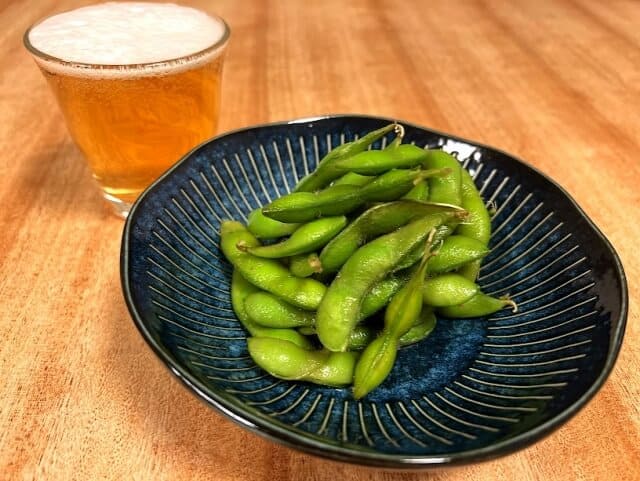
Although the exact origin of edamame as a food in Japan is unclear, people believe that it has been consumed for thousands of years. Soybeans originated in China, but they were introduced to Japan around the 6th century AD, most likely through the Korean peninsula. The Edo period (1603-1868) is when unripe soybeans was first used as a food source in Japan, as soybeans became a popular crop in the country.
Farmers would eat edamame as a snack or side dish during breaks from working in the fields. They would steam or boil the beans and sprinkle them with salt, creating a flavorful and nutritious snack that was easy to prepare. With time, unripe soybeans became a staple food in Japanese cuisine and is now commonly served at izakayas and other casual dining establishments throughout the country. Unripe soybeans has also gained popularity outside of Japan and is now available in many Japanese restaurants and grocery stores around the world.
About the Name

The word “edamame” comes from the Japanese language. “Eda” means “twig” or “stem,” and “mame” means “bean.” Therefore, edamame translates to “stem bean,” which is a reference to the way the soybean pods grow on stems.
Edamame vs Dadacha Mane vs Daizu

When comparing dadacha-mane, daizu, and edamame, there are distinct differences in their characteristics. Edamame is harvested at a young and green stage, while dadacha-mane and daizu are harvested when the soybean pods have fully matured. Locals commonly enjoyed edamame as a snack, boiled or steamed and served with salt, whereas they primarily use dadacha-mane in cooking, particularly in traditional Japanese dishes, thanks to its larger size and distinctive nutty flavor. Daizu, being a general term for soybeans, has various culinary applications and can be processed into different soy-based products. Edamame offers a mild, sweet flavor and a tender texture, while dadacha-mane has a more pronounced nutty taste and daizu can exhibit a range of flavors and textures depending on the specific variety.
In summary, daizu (soybeans) is a protein powerhouse that supports heart health, lowers cholesterol, promotes bone health, and helps control blood sugar. Edamame is a nutrient-rich snack with protein, fiber, vitamins, and minerals. It contains heart-healthy isoflavones, aids in weight management, and promotes digestive health. Dadacha-mame, known for its larger size and nutty flavor, shares nutritional benefits with other soybeans. It adds versatility to cooking, contributes to overall nutrition, and contains antioxidants for well-being.
Types of Edamame
Japanese classify Edamame into three types: green soybeans, brown soybeans, and black soybeans.
Aomame (white beans)

This is the most popular unripe soybeans and characterized by its bright green pods, white downy hair, narrow space between nodes, and 2-3 beans in each pod. It is produced all over Japan, including the Kanto region. Edamame refers to young and green soybean pods that are harvested before full maturity and enjoyed as a snack. They have a mild, sweet flavor and a tender texture. Aomame, on the other hand, describes matured soybeans that have turned yellow or brown. These fully mature soybeans are used for processing into different soy-based products and have a firmer texture and nuttier flavor compared to edamame.
Chamame
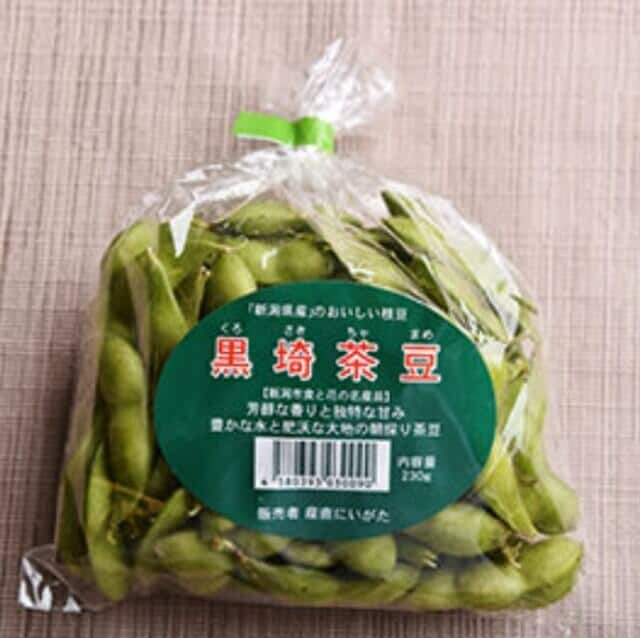
The Tohoku region is the main producer of green soybeans, which are characterized by a brownish color. These soybeans are popular for their strong aroma and sweetness, and each pod typically contains 2 grains, with very few pods containing more than 3 grains. The harvesting period for green soybeans is from early August to mid-September, which is slightly later than that of green beans. Dadacha beans and Kurosaki chamame are two varieties of green soybeans that are particularly well-known.
Kuromame
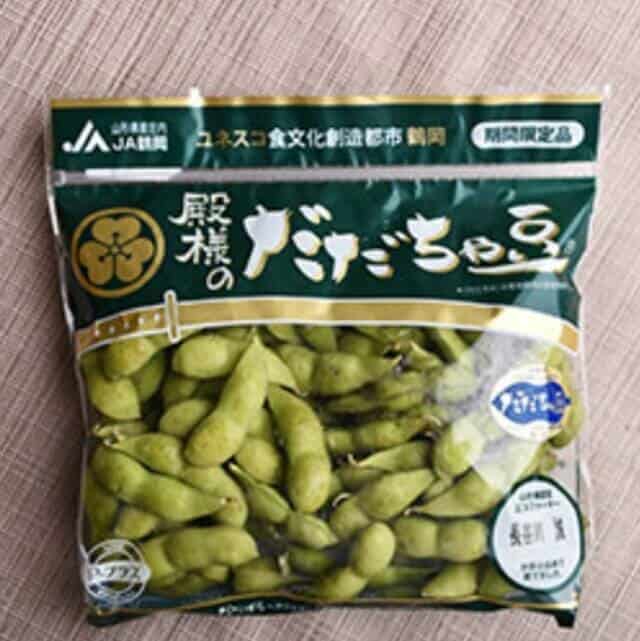
Produced mainly in the Kansai region, Tamba’s black soybeans are one of the well-known varieties. Locals harvested these black soybeans used for simmered beans for the New Year when they are young, and are highly nutritious. Characterized by their large size, deep sweetness, and fluffy texture when boiled. The season is from late September to mid-October, and the production volume is not very large. Edamame has a mild, sweet flavor and a tender texture, while being rich in protein. On the other hand, black soybeans, known as kuromame, are fully matured soybeans with a dark seed coat.
Health fact about Edamame
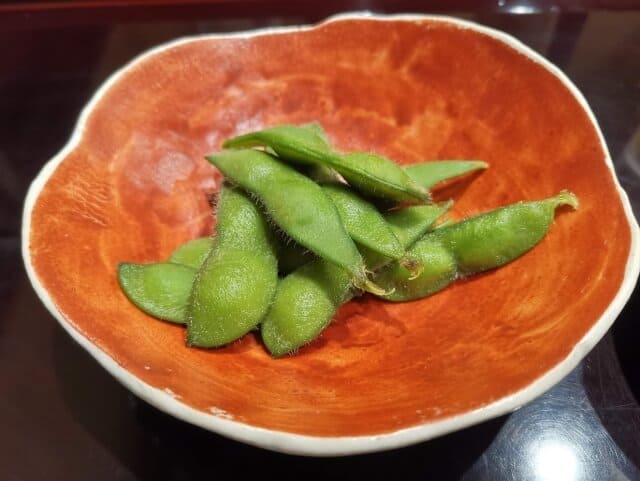
Edamame is a nutrient-rich snack with numerous health benefits. It’s high in protein, fiber, and essential vitamins and minerals like calcium, iron, and vitamin C, while also being low in calories and fat. Its isoflavones can help lower cholesterol levels, promoting heart health. Its low glycemic index makes it suitable for people with diabetes, and its fiber content can improve digestive health. Lastly, unripe soybeans’s antioxidants protect the body from damage caused by free radicals.
Foods cooked with edamame
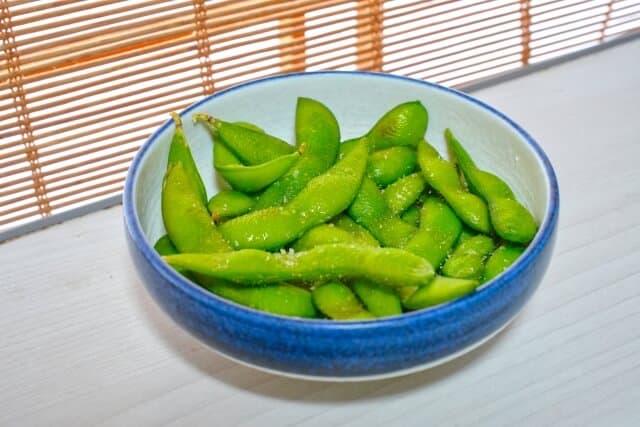
Boiled in salt
The point is to cut off both ends before boiling so that the salty flavor can easily permeate and soak in salt water.
Croquette
Add edamame to the familiar croquette. It has plenty of green soybeans and is beautifully colored.
Japanese-style potage of green soybeans
Japanese-style potage with dashi flavor. The seasonal green soybeans add a seasonal touch to the menu.
Edamame FAQ
- Where do edamame grew?
Although green soybeans are grown throughout Japan, according to data from the Ministry of Agriculture, Forestry and Fisheries, the highest yield of green soybeans in 2013 was recorded in Chiba, Niigata, and Saitama, in that order. While the famous production area varies for each type of green soybean, Noda City in Chiba Prefecture is particularly renowned for its green beans.
- Why do Japanese eat edamame with alcohol?
Edamame is a classic beer snack that’s salty and slightly sweet. It’s made from immature soybean pods that mature into soybeans known for their health benefits. While different, soybeans and edamame share similar ingredients, making unripe soybeans a healthy ally against beer’s effects.
Edamame Recipe
Edamame Ingredients
| Ingredients of Edamame for 2-3 persons | Measurements |
|---|---|
| Edamame | 250g |
| Salt | 20g |
| Water | 500g |
How to make Edamame
When buying green soybeans at a supermarket, it is best to choose ones freshly harvested and packed with beans. Also, the amount of salt is important when boiling unripe soybeans. As a guideline, salt should be 4% of the water to be boiled. Before you boil the unripe soybeans, it’s a good idea to cut off the tip with scissors. This will improve the water circulation and make it easier to pick up the salty taste.
Gently wash the unripe soybeans, drain, and transfer to a bowl. Sprinkle half of the 4% salt on the unripe soybeans, and rub it in with your hands as if you were squeezing it firmly.
Boil about 1L of water in a pot, add the rest of the salt, and bring to a boil. Once boiling, add the still-salted unripe soybeans. When it boils again, lower the heat a little and boil for 4 to 5 minutes to cook the soybeans.
Where to buy Edamame
Every izakaya sells edamame and we can find it in supermarkets and convenience stores.
Edamameya Souhei Akita (枝豆屋 ソウヘイ 秋田店)

This shop is known for its stylish atmosphere and traditional Japanese dishes. Their edamame has a sweeter taste than “Yukine” and as delicious as Akitahonoka and Shonai Gogo in terms of aroma and flavor. They also serve other types of edamame here that you can try when you visit.
Kokoro (小山市居酒屋 心)
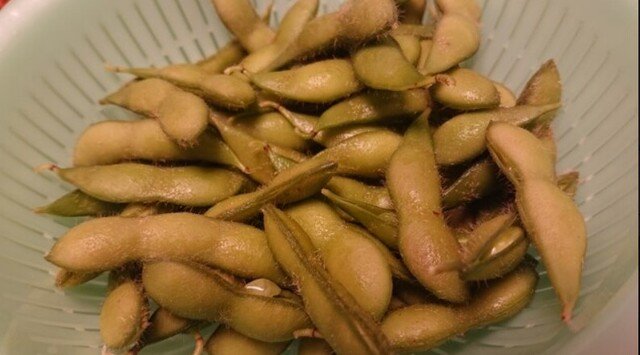
Oyama City Izakaya [Kokoro] offers green soybeans. Salt-boiled edamame is a standard menu item that goes well with sake. It is so popular that this soybean is everywhere as an appetizer at izakaya in Oyama City.
Takeaway
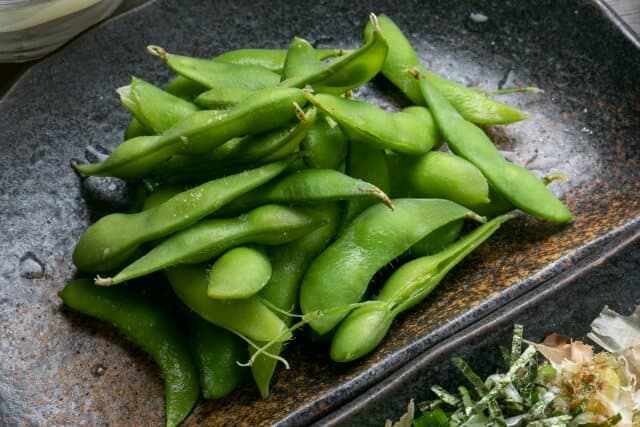
Edamame is a traditional and beloved snack in Japan that has become increasingly popular worldwide in recent years. With its unique taste, texture, and numerous health benefits, it is no surprise that this soybean snack has captured the hearts of many. Whether enjoyed as a quick snack, a side dish, or a beer accompaniment, soybeans is a delicious and nutritious addition to any diet. If you ever have the opportunity to visit Japan, be sure to try this beloved snack for yourself and experience the authentic taste of Japanese cuisine.
You can check some Japanese snack that we know you would like to try too.



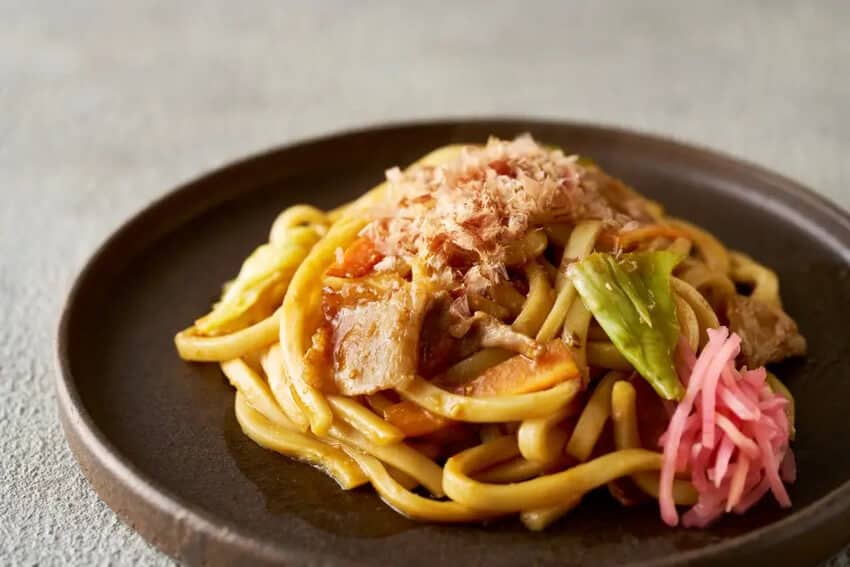
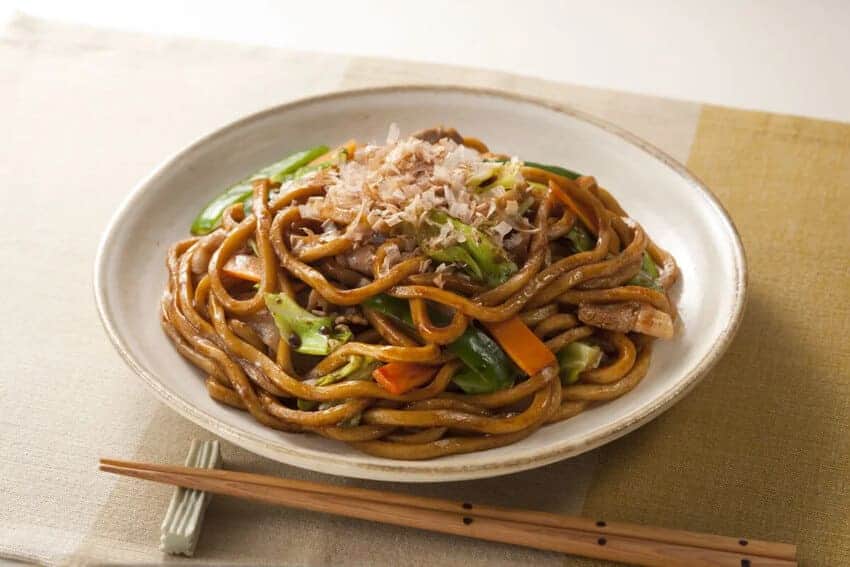

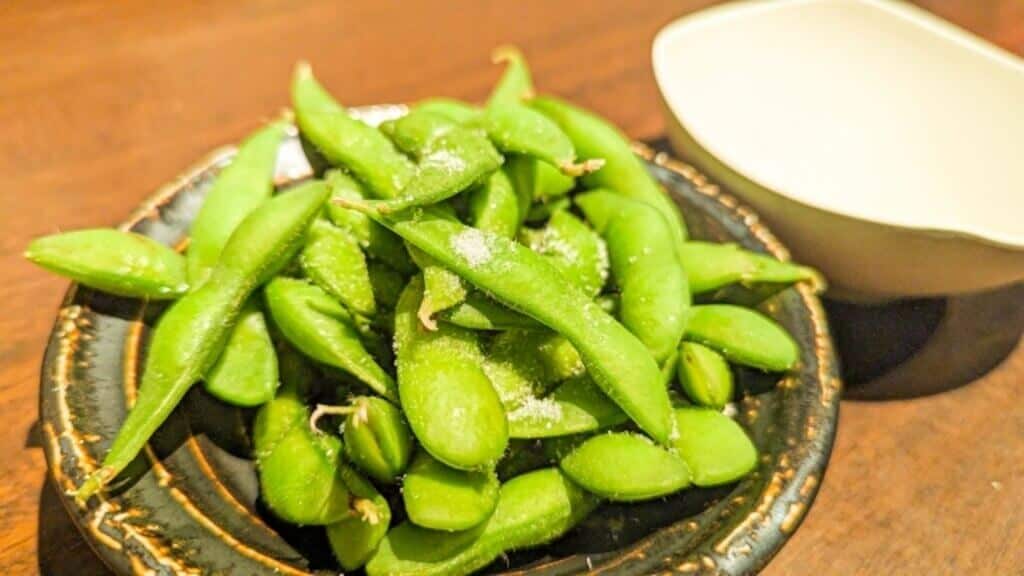
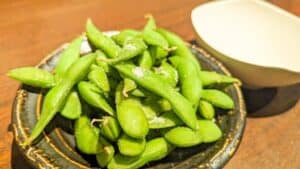

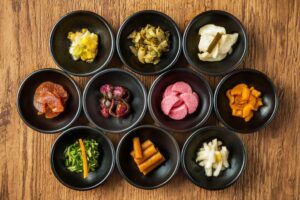


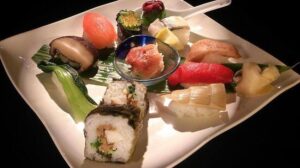
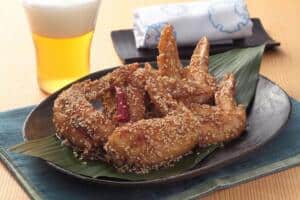

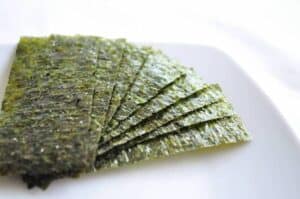
Comments